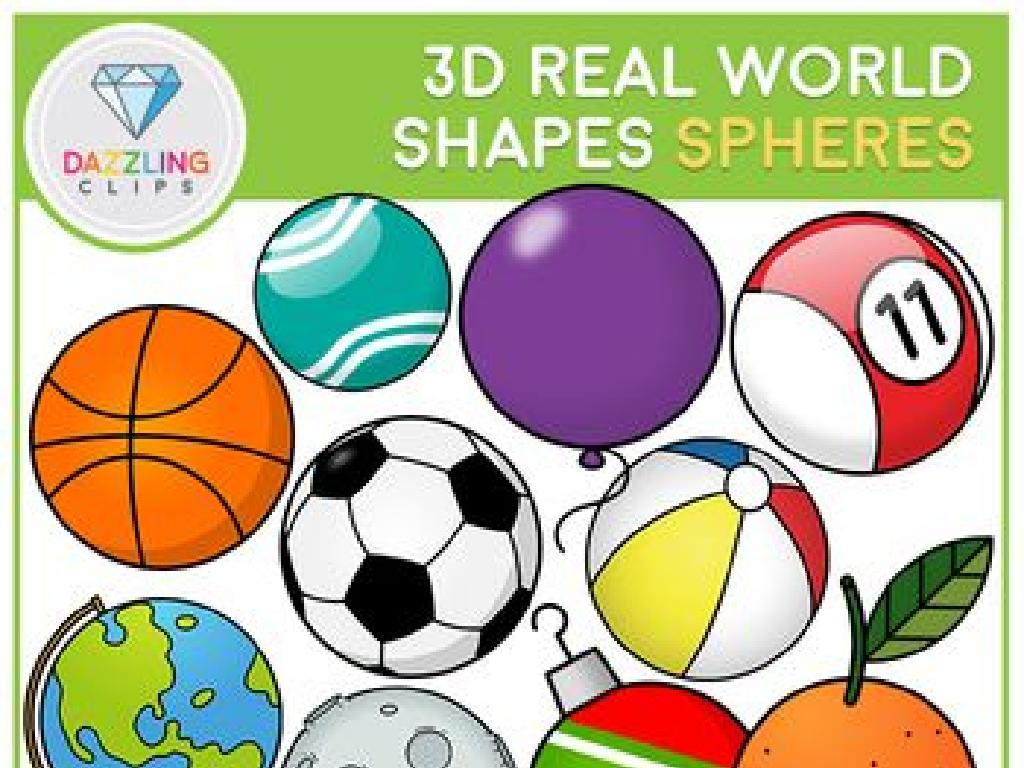Is The Subject Singular Or Plural?
Subject: Language arts
Grade: Third grade
Topic: Verb Types
Please LOG IN to download the presentation. Access is available to registered users only.
View More Content
Verbs and Their Subjects
– Welcome to Language Arts!
– Today’s focus: Verbs
– Verbs are action words like ‘run’, ‘jump’, ‘think’
– Verbs & subjects work together
– Subjects are who or what the verb is about
– Is the subject singular or plural?
– We match verbs to subjects: ‘He runs’ vs. ‘They run’
|
Begin the class with a warm welcome and an introduction to the importance of verbs in sentences. Explain that verbs are action words that tell us what the subject is doing. Emphasize the relationship between the subject (who or what the sentence is about) and the verb (what the subject is doing). Highlight the importance of matching the verb correctly to whether the subject is singular (one) or plural (more than one), using examples like ‘The cat runs’ versus ‘The cats run’. This will set the foundation for understanding subject-verb agreement and prepare students for identifying whether subjects are singular or plural in sentences.
Understanding Verbs: Action Words
– Verbs show action or state of being
– Examples: run, jump, eat, think
– ‘Are’ and ‘is’ show present state
– ‘Are’ is used with plural subjects, ‘is’ with singular
– Verbs agree with the subject
– Singular subjects get singular verbs, plural get plural verbs
|
Begin by explaining that a verb is a core part of speech that shows what the subject is doing or its state of being. Use physical activities like ‘run’ and ‘jump’ as clear examples of action verbs. Then, introduce ‘eat’ and ‘think’ to show that actions can be things we do with our bodies or our minds. Highlight ‘are’ and ‘is’ as special verbs that tell us about the present state of the subject. Emphasize the importance of matching the verb to the subject in number (singular or plural). This will set the foundation for understanding subject-verb agreement and prepare students for identifying whether a subject is singular or plural.
Singular vs. Plural Subjects
– Singular means one
– Example: One cat runs fast
– Plural means more than one
– Example: Two cats run fast
– Verbs change with the subject number
– ‘Runs’ for one, ‘run’ for many
– Practice identifying subject numbers
|
This slide introduces the concept of singular and plural subjects and how they affect verb usage. Singular subjects refer to one person, place, thing, or idea, and the verb form usually adds an ‘s’ or ‘es’ (e.g., the cat runs). Plural subjects refer to more than one, and the verb form does not add ‘s’ or ‘es’ (e.g., the cats run). It’s important to highlight the difference in verb forms to ensure students understand subject-verb agreement. In the next class, we will practice identifying whether subjects are singular or plural and choosing the correct verb form to match. Prepare examples and exercises for students to practice this concept.
Matching Verbs to Singular Subjects
– Singular subjects take ‘s’ or ‘es’
– ‘He runs’ not ‘He run’
– ‘Runs’ is correct because ‘He’ is one person
– ‘She watches’ not ‘She watch’
– ‘Watches’ fits because ‘She’ is singular
– Practice with more examples
– Try it out with different subjects and verbs
|
This slide is aimed at teaching third graders how to match verbs correctly to singular subjects. Emphasize the rule that when the subject of a sentence is a single person, animal, or thing, we usually add an ‘s’ or ‘es’ to the verb. Use clear examples like ‘He runs’ and ‘She watches’ to illustrate the concept. Avoid using ‘He run’ or ‘She watch’ as these are incorrect with singular subjects. Encourage the students to come up with their own sentences and practice this rule. Provide additional examples and guide them through identifying the subject and verb in each sentence, ensuring they understand the singular subject-verb agreement.
Matching Verbs to Plural Subjects
– Plural subjects match with verbs without ‘s’
– ‘They run’ not ‘They runs’
– ‘Run’ is correct for ‘They’ because it’s plural
– ‘They watch’ not ‘They watches’
– ‘Watch’ fits ‘They’, no ‘es’ because it’s plural
– Practice with more examples
|
This slide is aimed at teaching third graders how to correctly match verbs to plural subjects. Emphasize that when the subject of a sentence is plural, the verb should not end with ‘s’ or ‘es’. Use clear examples like ‘They run’ instead of ‘They runs’ and ‘They watch’ instead of ‘They watches’ to illustrate this point. Encourage the students to come up with their own sentences and practice this rule. You can create a fun activity where students find and correct sentences with mismatched subject-verb pairs. This will help reinforce the concept and ensure they understand how to apply the rule in their writing.
Let’s Practice: Singular or Plural Subjects?
– Listen to the sentence carefully
– Decide if the subject is singular or plural
– Is it one person/thing or more?
– Choose the correct verb form
– Singular subjects match singular verbs, plural match plural
– We’ll review the answers together
|
This activity is designed to help students identify whether a subject in a sentence is singular or plural, and then match it with the correct verb form. Start by reading sentences aloud to the class. After each sentence, pause to allow students to determine if the subject is singular or plural. Then, as a class, select the verb form that agrees with the subject. This exercise will reinforce the concept of subject-verb agreement and enhance the students’ grammar skills. Make sure to provide immediate feedback and explain the correct answers to ensure understanding. Possible sentences for practice could include: ‘The dog (barks/bark) at the mailman.’ ‘The children (runs/run) in the park.’
Class Activity: Verb Hunt
– Explore the classroom on a verb hunt
– Find objects or pictures
– Decide if they are singular or plural
– Is it one item (singular) or more (plural)?
– Write sentences with correct verbs
– Use ‘is’ for singular, ‘are’ for plural objects
|
This interactive activity is designed to help students understand the concept of singular and plural subjects and how they affect verb forms. Students will move around the classroom to find objects or pictures, determine whether the subject is singular or plural, and then write sentences using the correct verb form (‘is’ for singular, ‘are’ for plural). For example, ‘The book is on the table’ (singular) or ‘The pencils are in the cup’ (plural). Provide guidance and examples before starting the activity. Prepare a worksheet with spaces for writing sentences. After the activity, review some of the sentences together as a class to reinforce the lesson.
Wrapping Up: Subject-Verb Agreement
– Excellent work in today’s lesson!
– Verbs must match the subject’s number
– If the subject is ‘dog’ (singular), we use ‘barks’. For ‘dogs’ (plural), we use ‘bark’.
– Practice ensures mastery
– Keep learning at home!
|
As we conclude today’s lesson on subject-verb agreement, it’s important to reinforce the concept that the verb used in a sentence must correspond with whether the subject is singular or plural. This is a fundamental rule in English grammar that ensures sentences make sense. Encourage the students to continue practicing this concept at home by reading books and identifying the subjects and verbs in sentences. Provide them with a few simple exercises to do as homework, such as writing sentences with both singular and plural subjects and ensuring the correct verb form is used. Remind them that consistent practice will help solidify their understanding of subject-verb agreement.






